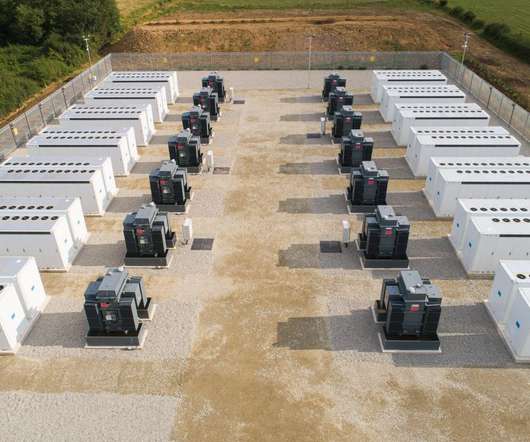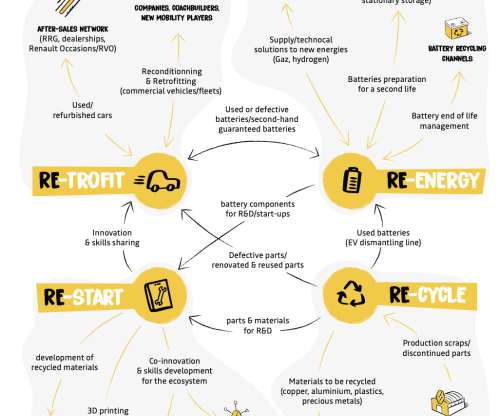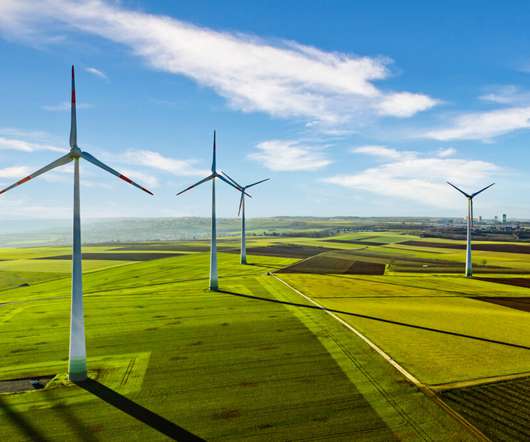JRC study finds 8 metals for low-carbon energy technologies at risk of shortages; EVs, wind and solar, and lighting the applications of most concern
Green Car Congress
NOVEMBER 4, 2013
The applications, i.e. technologies, of particular concern as a result are electric vehicles, wind and solar energy, and lighting. Development of new and more detailed scenarios for the uptake and technology mix of options for stationary energy storage in particular. —Moss et al.















Let's personalize your content